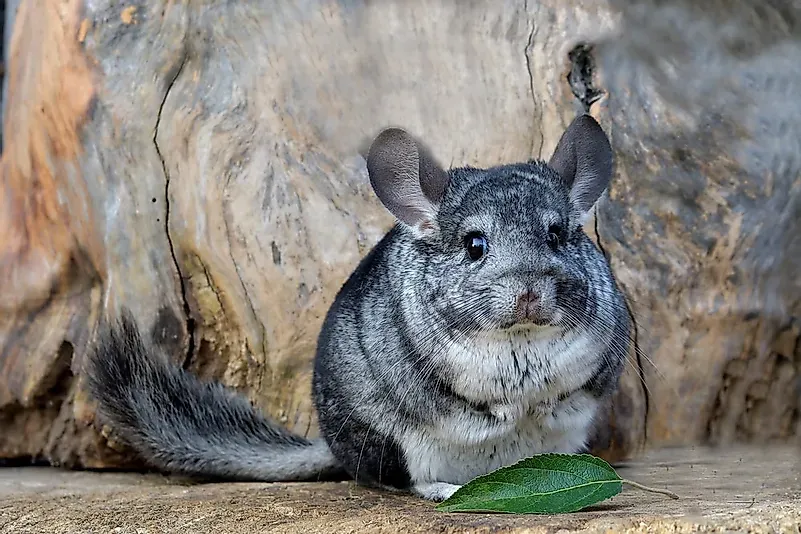Ten amazing animals of the tundra
The tundra is one of the coldest biomes on the planet. To withstand winter temperature averages of −28 °C (−18 °F) and sustained wind gusts between 30-60mph, animals of the tundra have evolved to stay warm and find enough food. From small rodents like the chinchilla to large mammals like the ox, check out this list of incredible animals that defy the odds in one of the coolest climates on planet Earth.
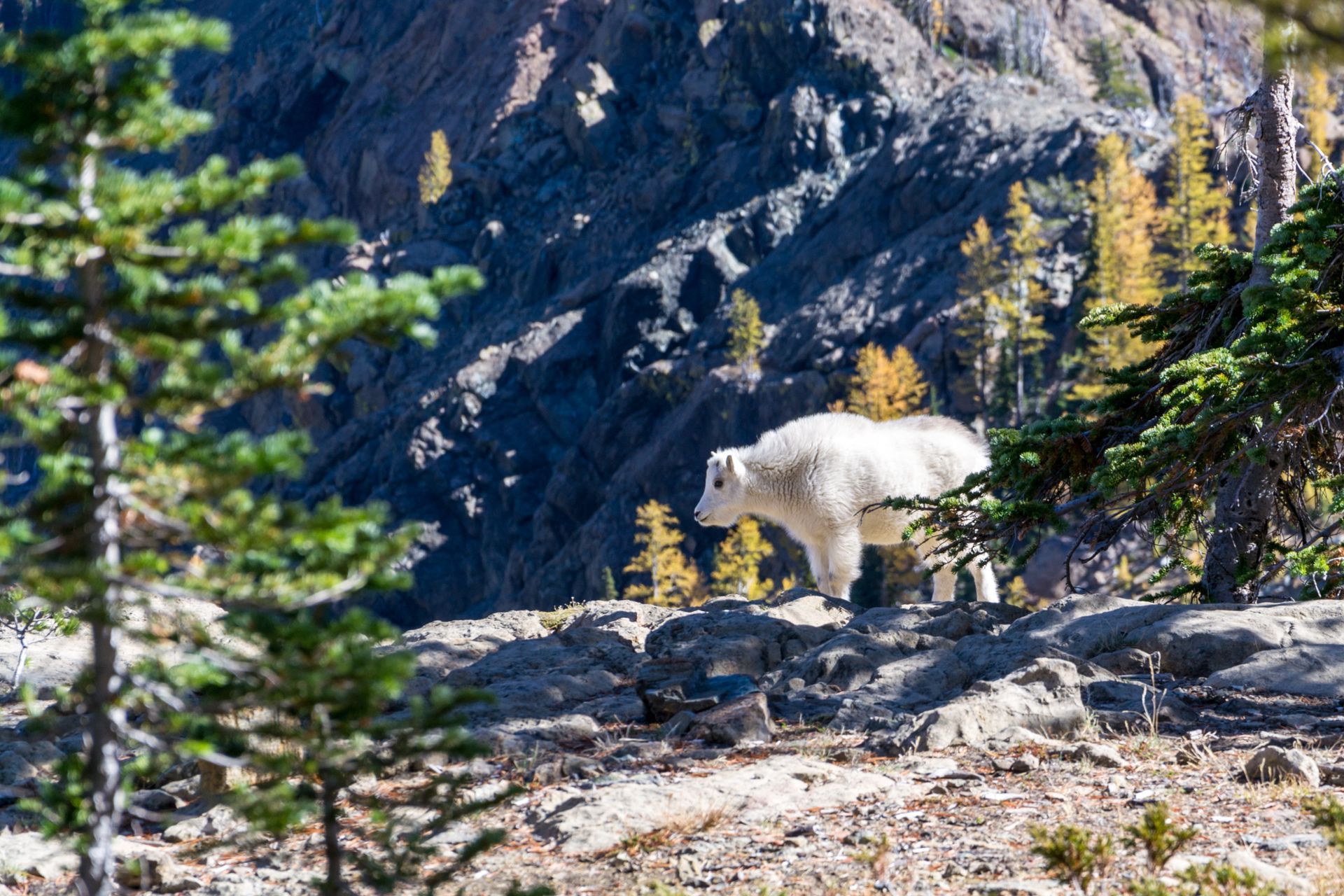
1. Chinchilla
Sometimes found at the pet store, chinchillas are crepuscular rodents (meaning they appear in twilight) that are native to the Andes Mountains in Chile. Hunters in the 1700s highly sought chinchillas for their luxuriously soft fur coats. Though chinchilla hunting is now illegal, they remain an endangered species today.
2. Snow Owl
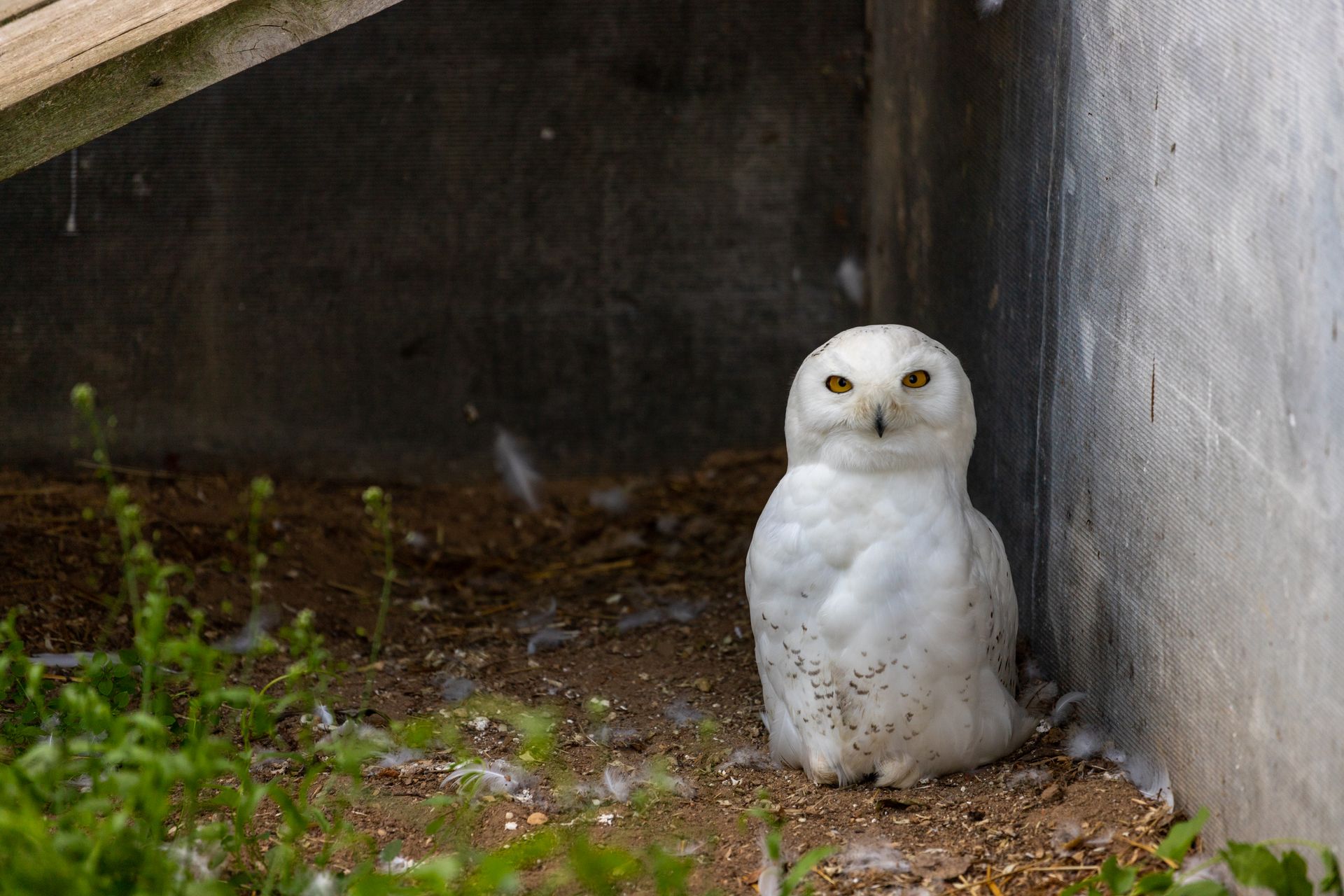
Though most owls are nocturnal, the arctic summer forces snow owls to hunt by daylight. To stay warm in the chilly temperatures, the snow owl has feathers on its feet. Snow owls reside in Alaska, Canada, and even some parts of the northern US.
3. Lemming
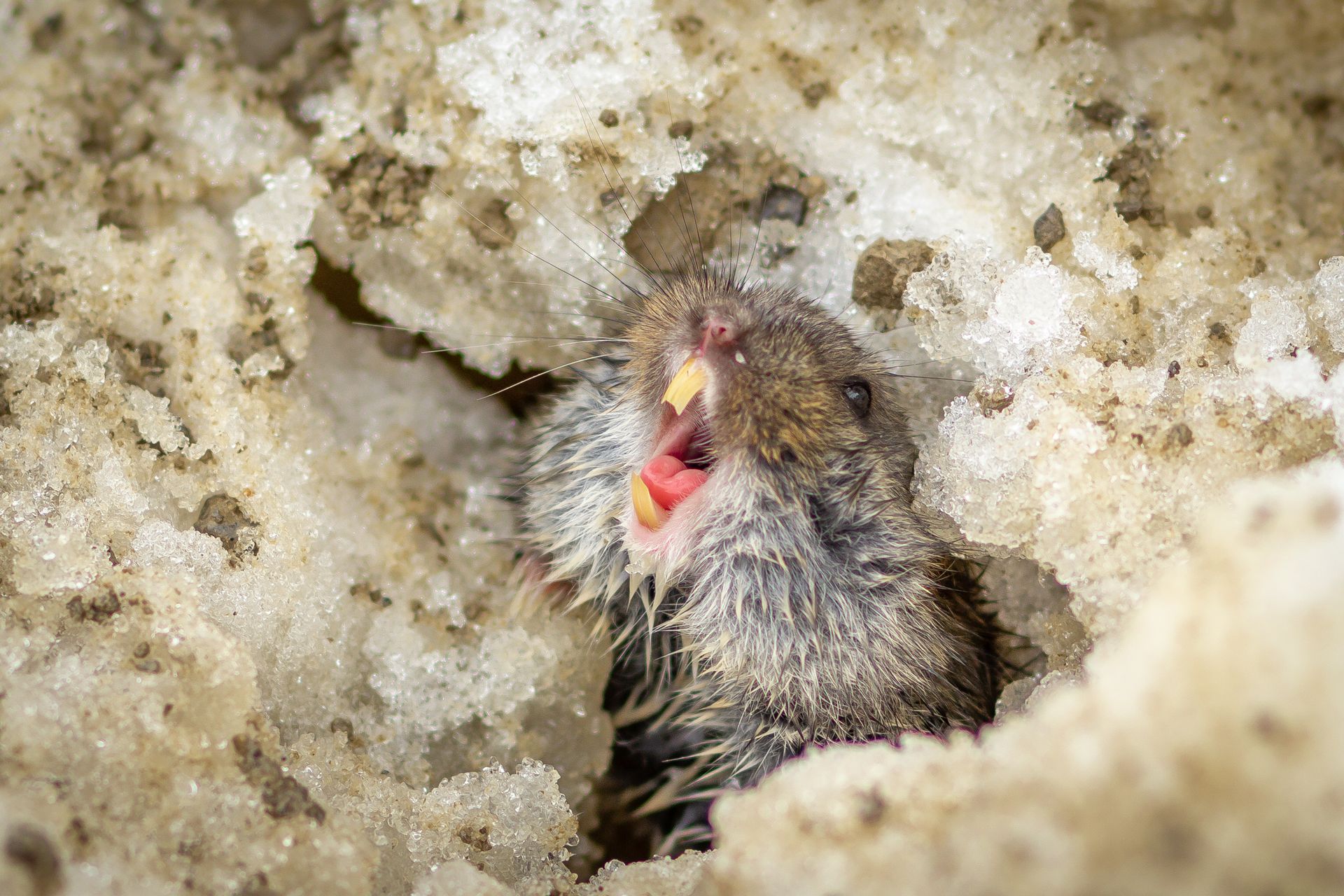
Lemmings are small rodents that do not hibernate, but remain active year-round to stay nourished and avoid freezing. Lemmings have waterproof fur and can swim, though contrary to rumors spread by a Disney documentary in the 1950s, lemmings do not drown themselves on purpose.
4. Yak
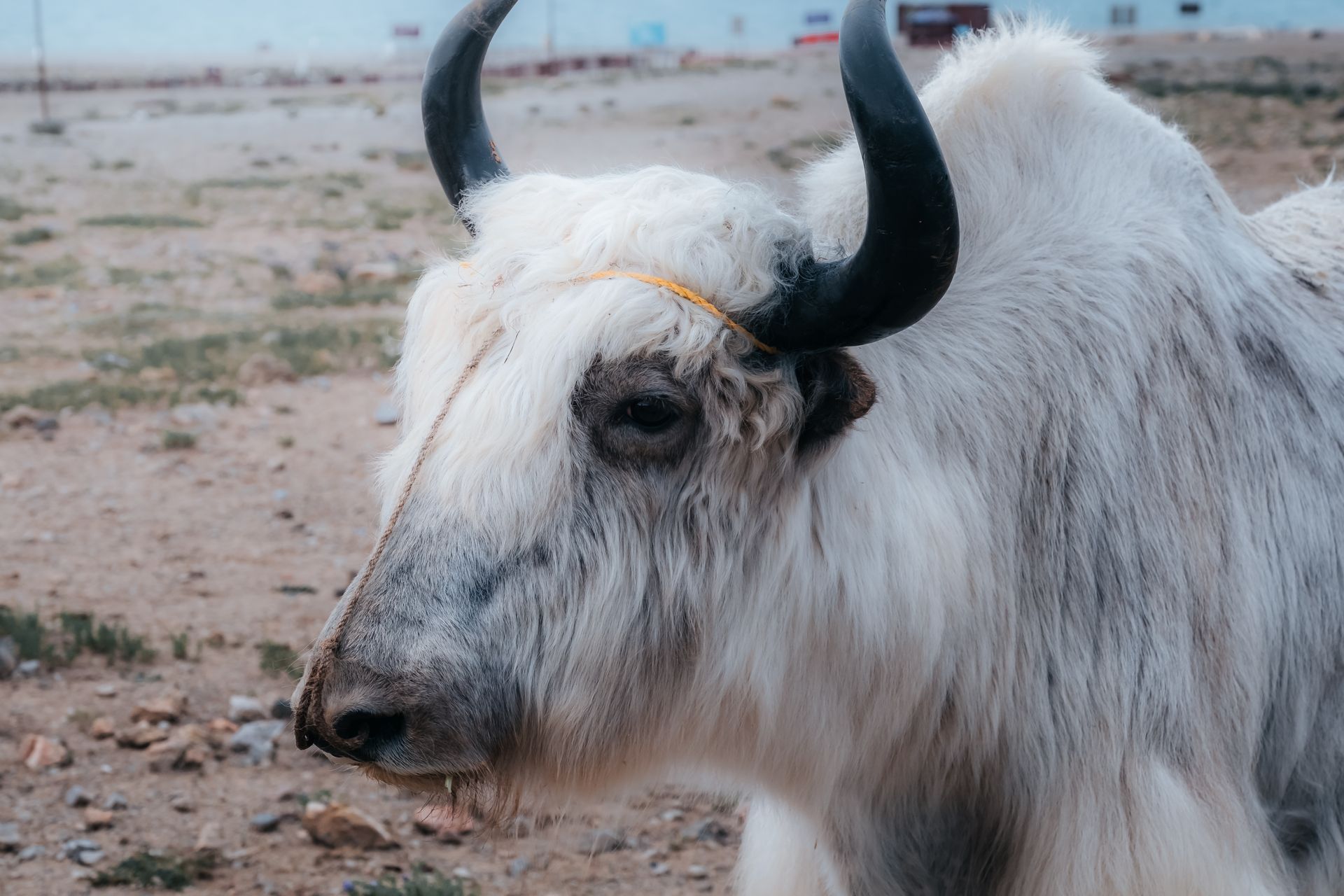
Yaks are a long-haired breed of cattle that live at high altitudes, usually between 9,800 and 18,000 feet above sea level. Male yaks can weigh up to 2,000 pounds and yaks have horns to protect against predators including the Tibetan wolf and snow leopards.
5. Arctic Fox
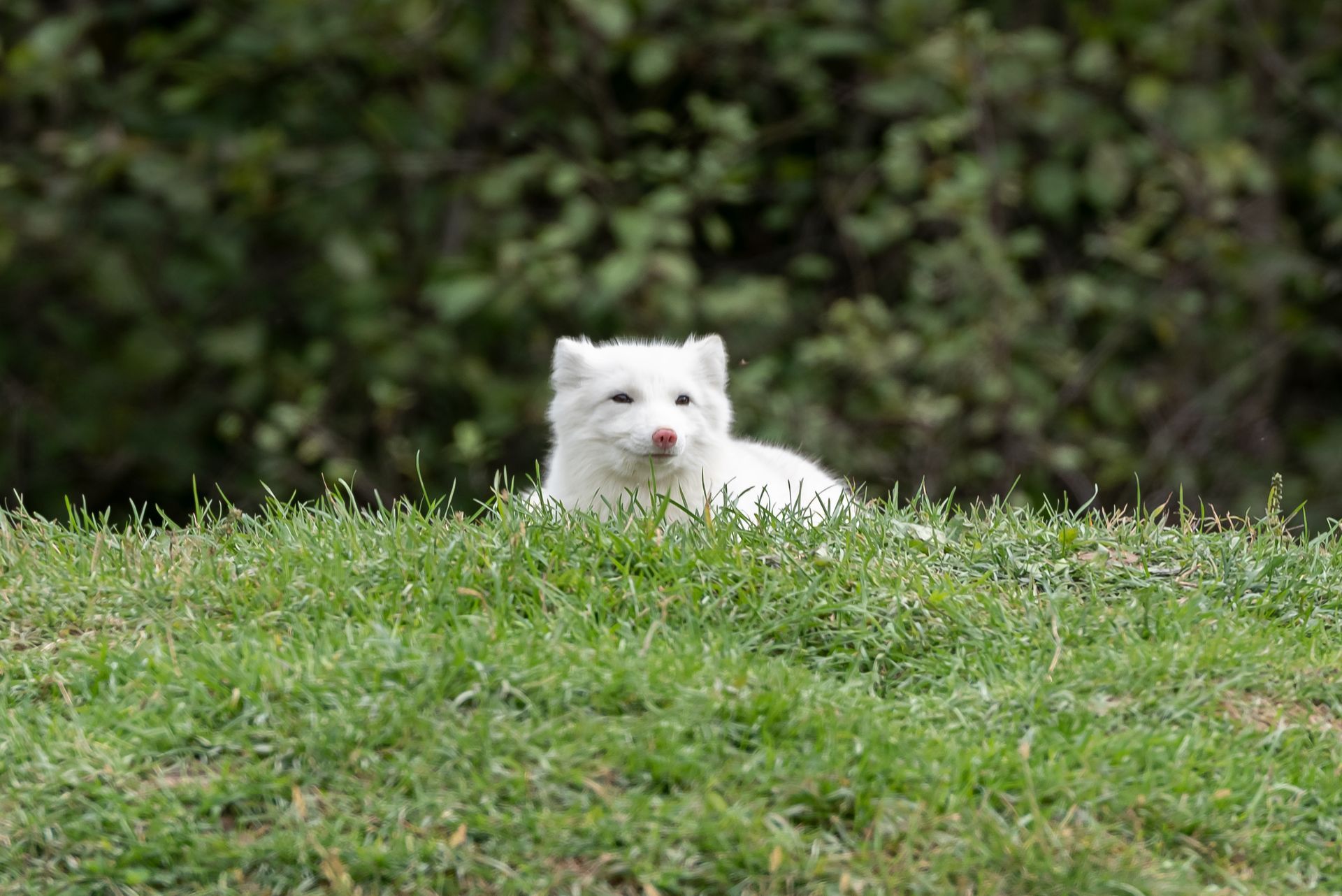
The arctic fox population relies on lemming populations, as lemmings are their main source of food. Arctic foxes are shorter and stockier than other fox populations in an effort to minimize heat loss. The color of the arctic fox’s fur also changes with the season: in the winter, their coat is white, but in the summer, they take on a coat full of browns and greys.
6. Caribou
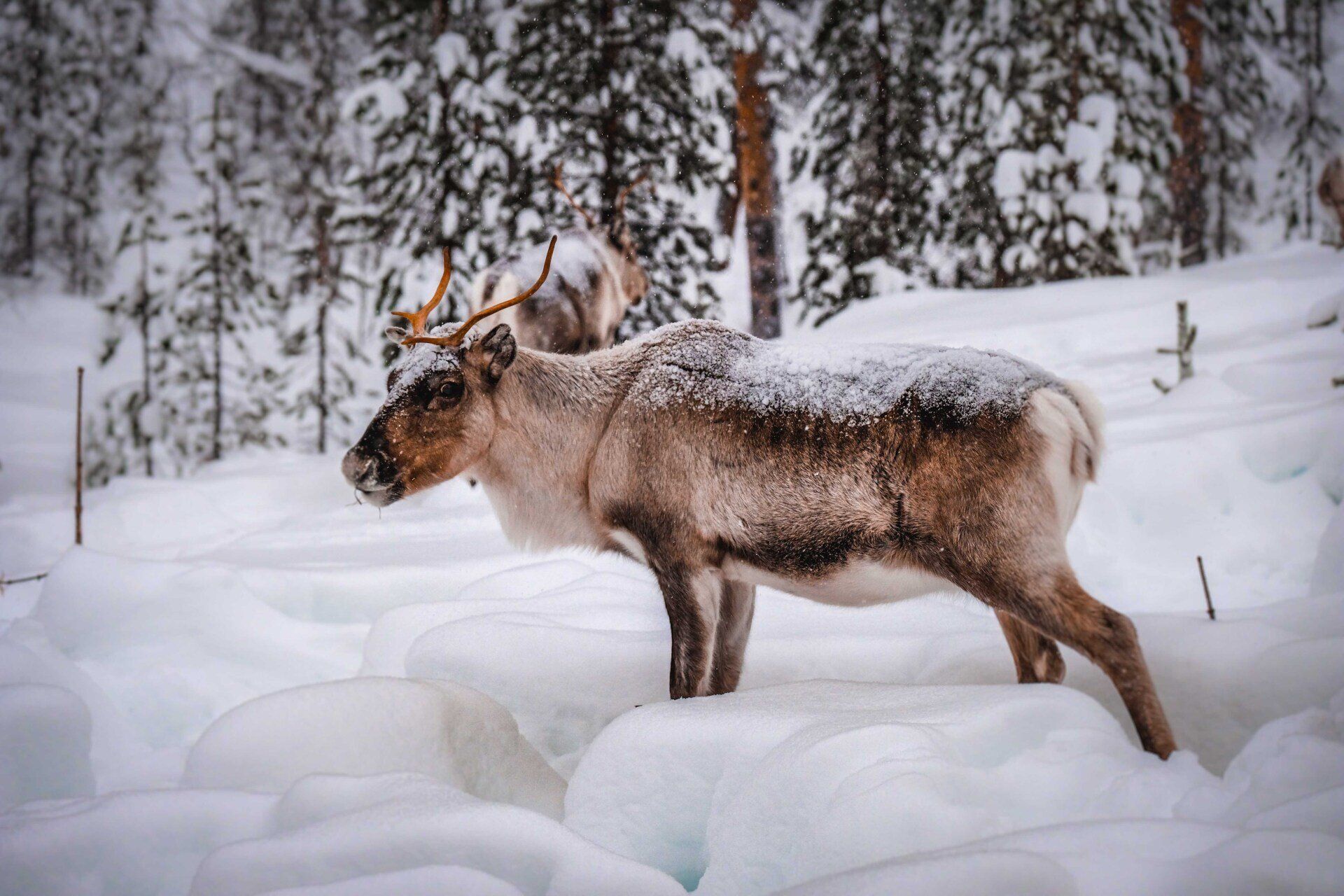
Rudolph was a red-nosed reindeer, but did you know that reindeer are also known as caribou? Caribou eat between 9-18 pounds of vegetation a day, which primarily consists of fungi and moss during the winter months. Caribou are also the only deer species that are widely domesticated.
7. Polar Bear
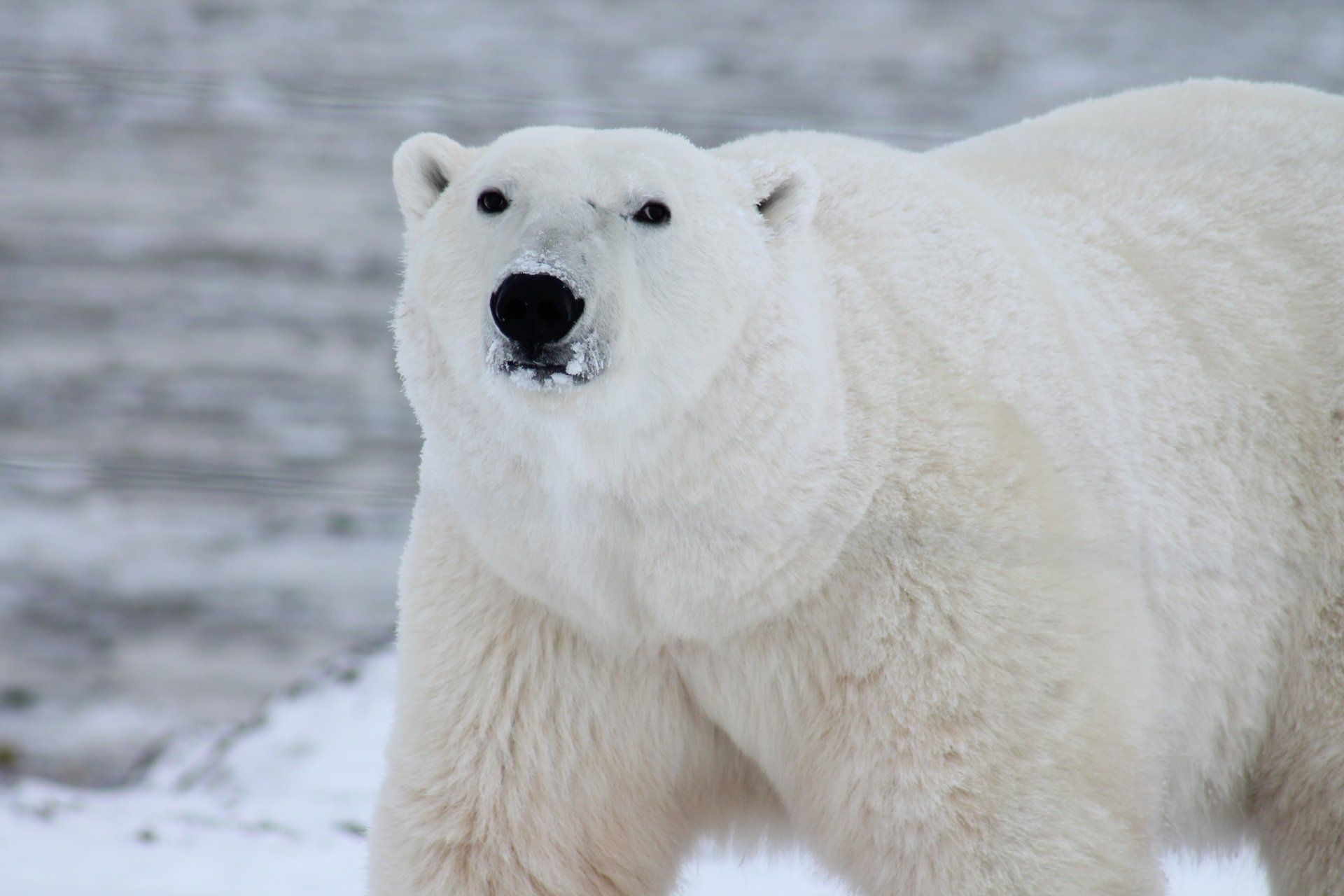
Polar bears are the largest four-legged predator and can eat up to 100 lbs of blubber in one sitting. Polar bears also love to wander! Polar bears have been known to travel up to 35,000 miles in a year. You can explore the movements of eleven bears registered through Polar Bears International with this Bear Tracker map.
8. Arctic Hare
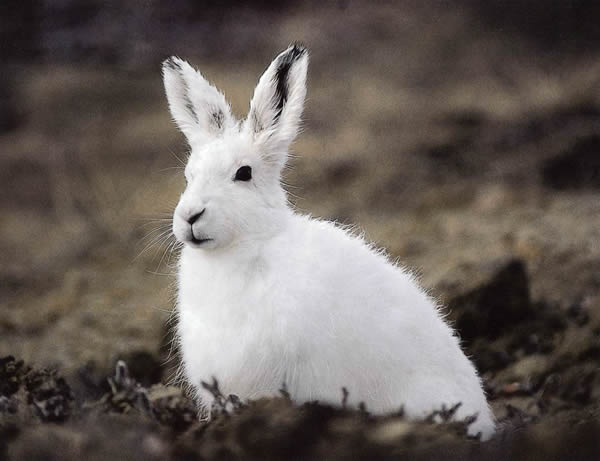
Sleeping with a blanket of snow might not seem like the best way to stay warm when it is cold outside, but for the arctic harem, a hole under the snow makes for the perfect place to sleep. Arctic hares are also speedy creatures that can run up to 40mph!
9. Snow Leopard
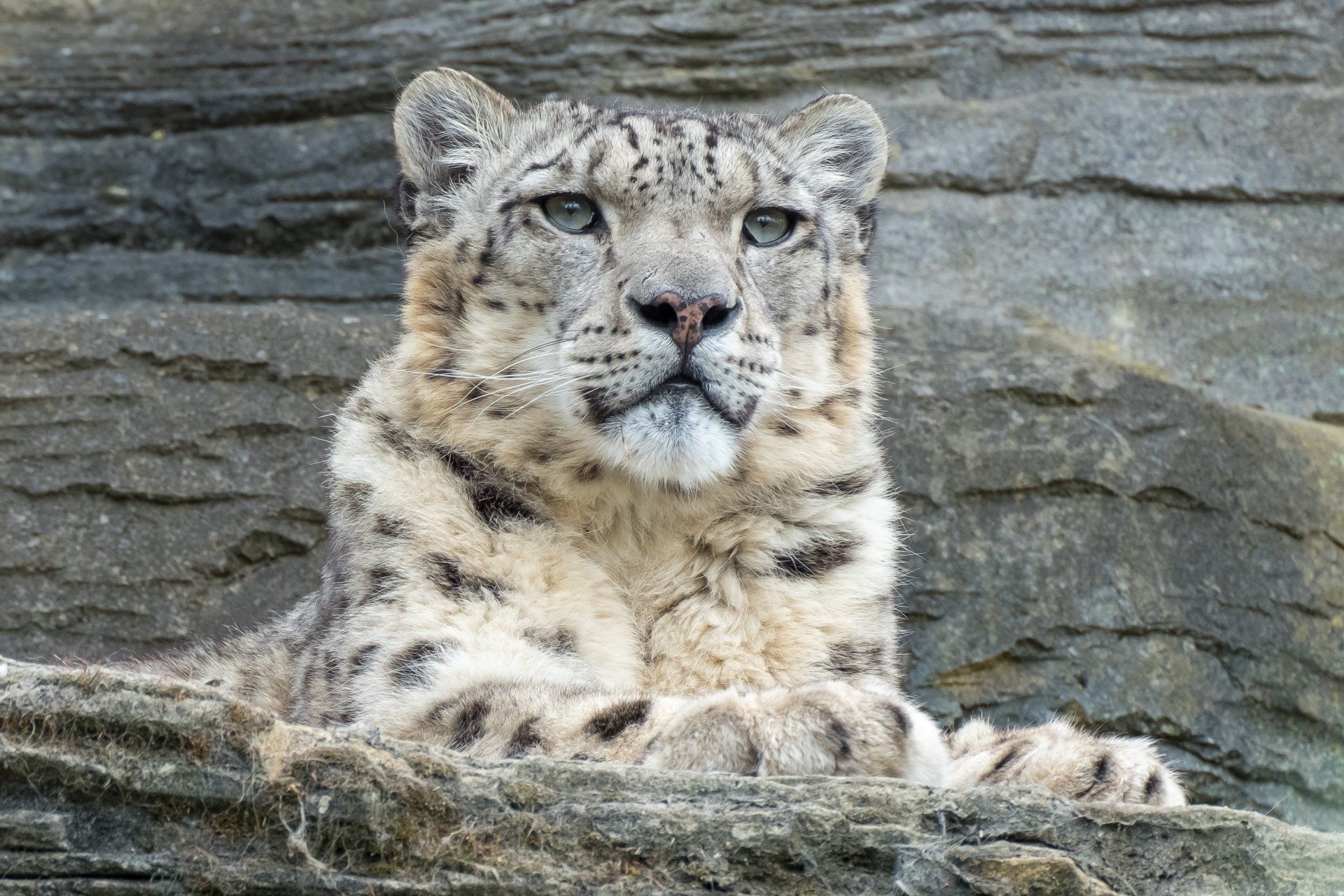
Similar to the chinchilla, human desire for snow leopards' fur caused the snow leopard to become an endangered species. Scientists estimate that there may be fewer than 6,400 snow leopards left in the wild. Though a predator, snow leopards are surprisingly gentle and do not typically show aggression towards humans.
10. Musk Ox
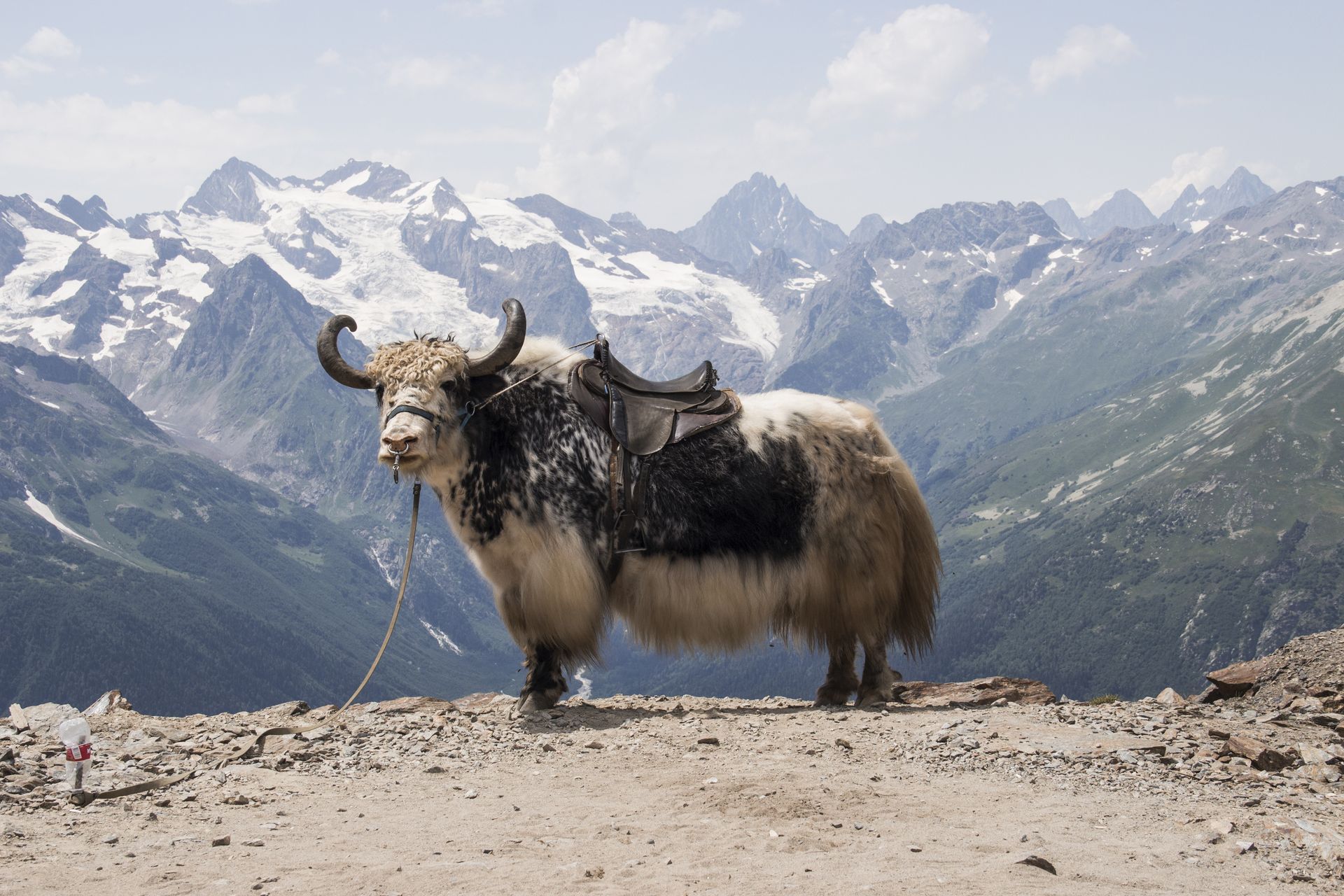
The mighty musk ox has not one, but two winter coats to stay warm in the frigid tundra. The overcoat of guard hair covers a shorter, insulating layer that falls out during the winter months. Many of the world’s wild oxen live on preserves in Alaska, Norway, and Siberia.



